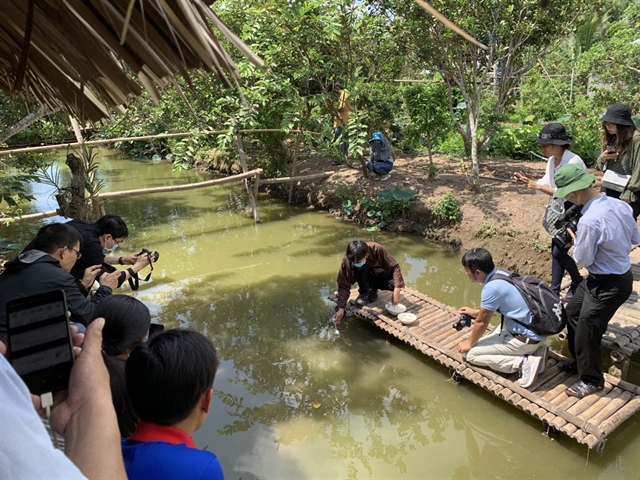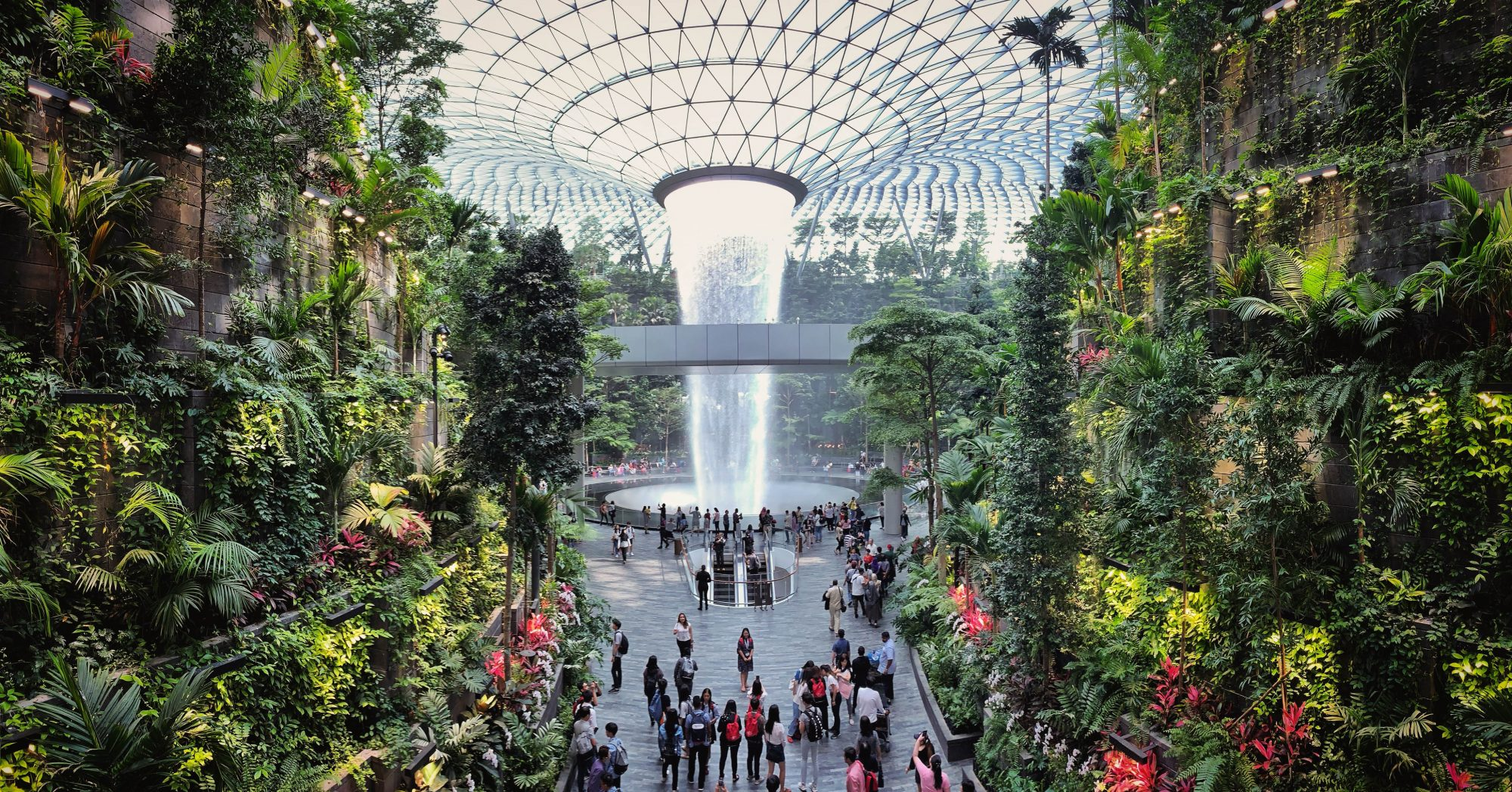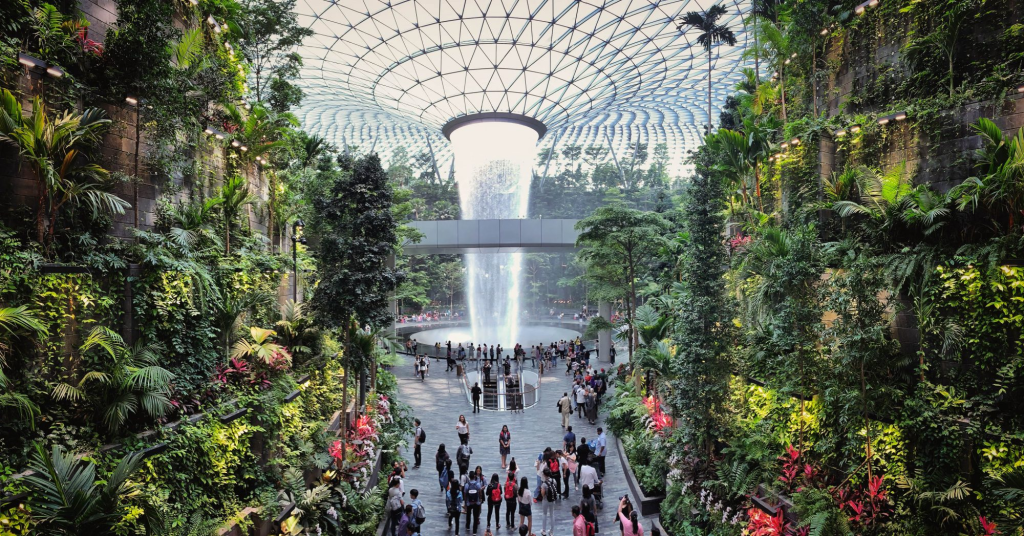In an era where travel habits evolve rapidly and global travelers seek more meaningful experiences, entrepreneurs like U Wang Young are shaping the future of tourism. A real estate and tourism innovator from Singapore, U Wang Young has made a name for himself by developing iconic tourist destinations that seamlessly blend culture, sustainability, and economic impact. This article explores U Wang Young’s approach, breaking down his philosophy, strategies, and influence on Asia’s tourism landscape.
The Vision Behind U Wang Young’s Approach
To understand U Wang Young’s success, we must first look at the mindset that fuels his bold ventures. His vision goes beyond just profits—he’s driven by a mission to create transformative experiences and economic resilience in local communities.
Building More Than Spaces: Crafting Experiences
U Wang Young sees tourist destinations as storytelling platforms. Whether it’s a beachfront resort or a heritage-themed district, every project is designed to tell a story rooted in local identity. This emotional connection between place and visitor is central to his strategy.
Sustainability as a Core Value
From the start, sustainability has been more than a buzzword for U Wang Young—it’s been a pillar of his philosophy. His projects incorporate green architecture, minimize carbon footprints, and promote long-term ecological balance. This commitment not only appeals to eco-conscious travelers but also ensures that the destinations remain viable for future generations.

Strategic Site Selection: The First Step to Iconic Status
Every successful project starts with a location, and for U Wang Young, site selection is a science. He applies a data-driven and community-sensitive approach to choosing where to build.
Uncovering Untapped Potential in Asia
Rather than competing in already saturated markets, U Wang Young focuses on emerging locations across Southeast Asia. His team uses advanced market research tools to assess traveler trends, infrastructure potential, and government development plans. This allows them to get ahead of the curve.
Collaborative Planning with Local Stakeholders
One key to U Wang Young’s success is his inclusive planning model. Before any groundbreaking, he engages with local leaders, urban planners, and environmental experts to ensure his developments align with community goals. This collaborative model helps avoid friction and boosts long-term support.
Integrating Local Culture: The Heart of Destination Design
A destination becomes iconic when it feels authentic. U Wang Young prioritizes cultural integration to create unique spaces that reflect the soul of the region.
Celebrating Local Art, History, and Heritage
From traditional architecture to curated cultural events, his developments immerse visitors in the local lifestyle. For example, one of his projects in Vietnam includes a daily showcase of indigenous crafts and folk performances, co-designed with local artisans and historians.
Empowering Local Economies
Cultural integration is not just aesthetic—it’s also economic. U Wang Young ensures that locals benefit from tourism through job creation, small business support, and hospitality training programs. This helps reduce dependency on foreign operators and boosts community resilience.

Leveraging Technology in the Tourism Ecosystem
In an increasingly digital world, U Wang Young leverages technology to enhance both the visitor experience and operational efficiency.
Smart Tourism Infrastructure
His destinations are equipped with smart tech such as real-time crowd tracking, AI-powered concierge services, and seamless digital payment systems. These features help improve safety, convenience, and overall satisfaction for travelers.
Data-Driven Personalization
U Wang Young’s hospitality teams use customer data to create personalized packages and real-time recommendations. This not only improves guest experience but also increases return visits and brand loyalty.
A Blueprint for Resilient Tourism Development
Tourism can be volatile, especially in the face of global crises like pandemics or climate disasters. U Wang Young’s approach incorporates built-in resilience strategies.
Diversified Revenue Streams
Rather than relying solely on hotel bookings, his destinations include retail, wellness, education, and event hosting opportunities. This creates multiple revenue channels that can withstand travel downturns.
Flexibility in Design and Operations
His real estate developments are built to be modular and adaptable. Spaces can be repurposed quickly in response to shifting trends—whether for coworking hubs, virtual events, or hybrid conference-tourism models.

Key Projects That Reflect U Wang Young’s Approach
To truly grasp U Wang Young’s approach, it’s helpful to examine some of his standout projects across Asia.
Marina Lotus Bay – Vietnam
Located in a coastal province still relatively unknown to mainstream tourists, Marina Lotus Bay combines luxury eco-resorts, floating markets, and a cultural academy. It’s now seen as a model for sustainable coastal development in the region.
SkyPeak Cultural Village – Northern Thailand
This destination blends mountaintop retreats with traditional Lanna architecture, organic farming experiences, and forest wellness trails. It draws in digital nomads and eco-travelers alike.
The Green Axis – Indonesia
An ambitious urban redevelopment project in Indonesia’s second-tier city, The Green Axis integrates tourism, commercial real estate, and nature parks. The project includes partnerships with local universities to study long-term tourism impact.
Leadership Style: Empowering Teams and Building Trust
Beyond bricks and mortar, U Wang Young’s leadership philosophy also plays a critical role in his success.
Mentoring Young Talent
He actively mentors young entrepreneurs in Southeast Asia, believing that local talent is key to future-proofing the tourism industry. Many of his team leaders are under 40 and come from diverse backgrounds.
Transparency and Ethical Governance
U Wang Young is known for running his ventures with a high degree of transparency. From ethical sourcing to fair wage practices, his businesses set a standard in corporate responsibility.
U Wang Young’s Influence on Asia’s Tourism Landscape
His innovative approach is being studied by universities, praised by tourism boards, and emulated by fellow entrepreneurs.
Policy Influence and Advocacy
He has worked with governments to shape sustainable tourism policies, offering insights on zoning laws, green certifications, and community engagement models.
Partnerships with Global Institutions
From UN Tourism forums to World Economic Forum panels, U Wang Young regularly shares his insights on responsible tourism development. His work has sparked international interest in Asia’s potential beyond just the usual hotspots.

Challenges and Future Directions
Even with his success, U Wang Young faces ongoing challenges—from regulatory changes to climate risks. Yet, he continues to adapt and evolve.
Navigating Regulatory Landscapes
Each country comes with its own legal hurdles. U Wang Young’s strategy includes employing legal experts and maintaining close dialogue with local authorities to ensure smooth implementation.
Future Goals: Digital Nomad Hubs and Regenerative Tourism
Looking ahead, he plans to launch developments that cater to the growing digital nomad market, as well as invest in regenerative tourism—where tourism actively restores ecosystems rather than just minimizing harm.
Conclusion
U Wang Young’s approach is not just about creating destinations—it’s about redefining what tourism can be in the 21st century. With a unique blend of sustainability, culture, innovation, and community empowerment, he’s setting new benchmarks for how tourism can be both iconic and responsible. Entrepreneurs, policymakers, and travelers alike have much to learn from his model.
As tourism continues to evolve in a post-pandemic world, leaders like U Wang Young will undoubtedly shape its future. His journey is a testament to how vision, resilience, and empathy can come together to create something truly iconic.

